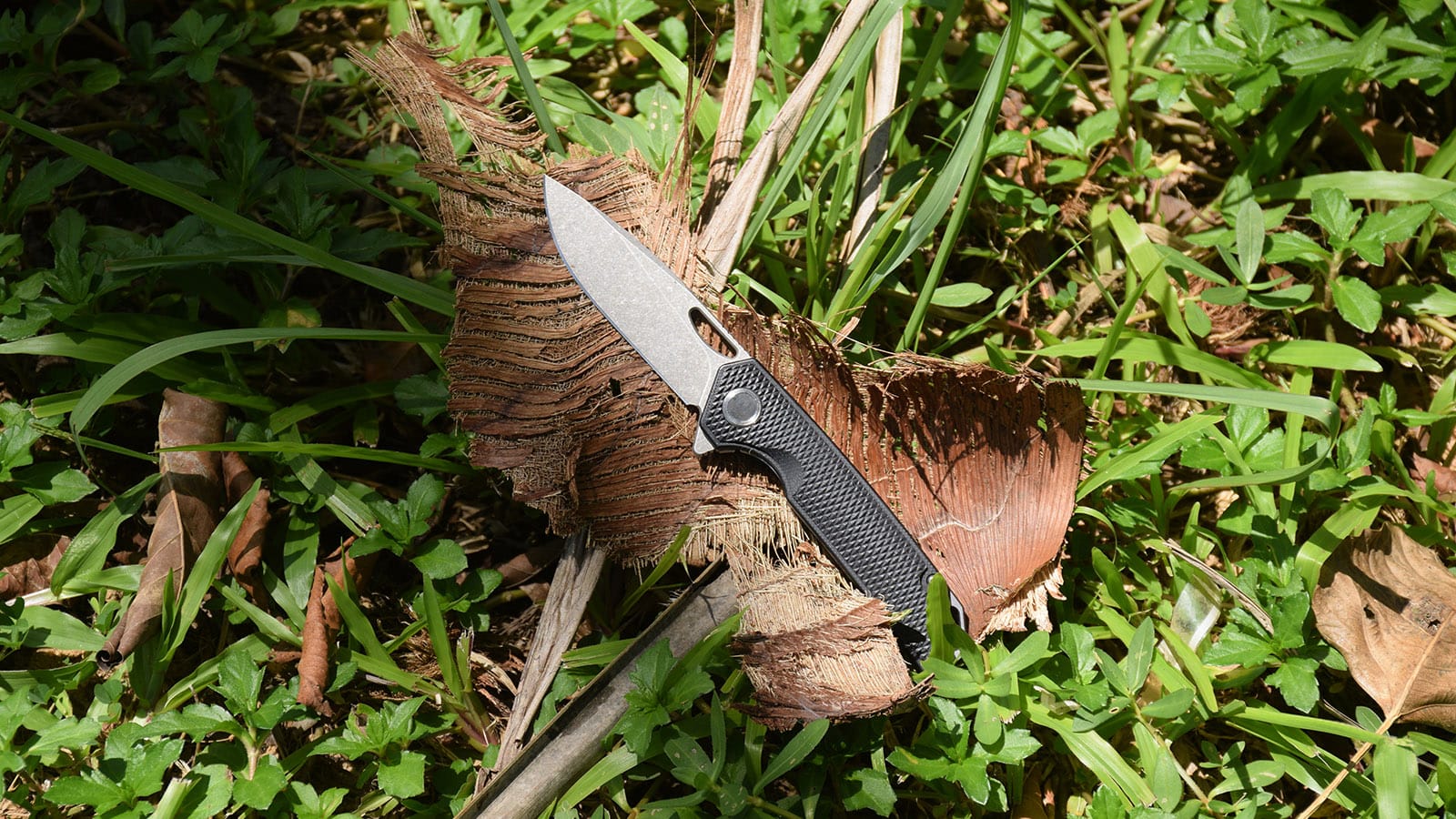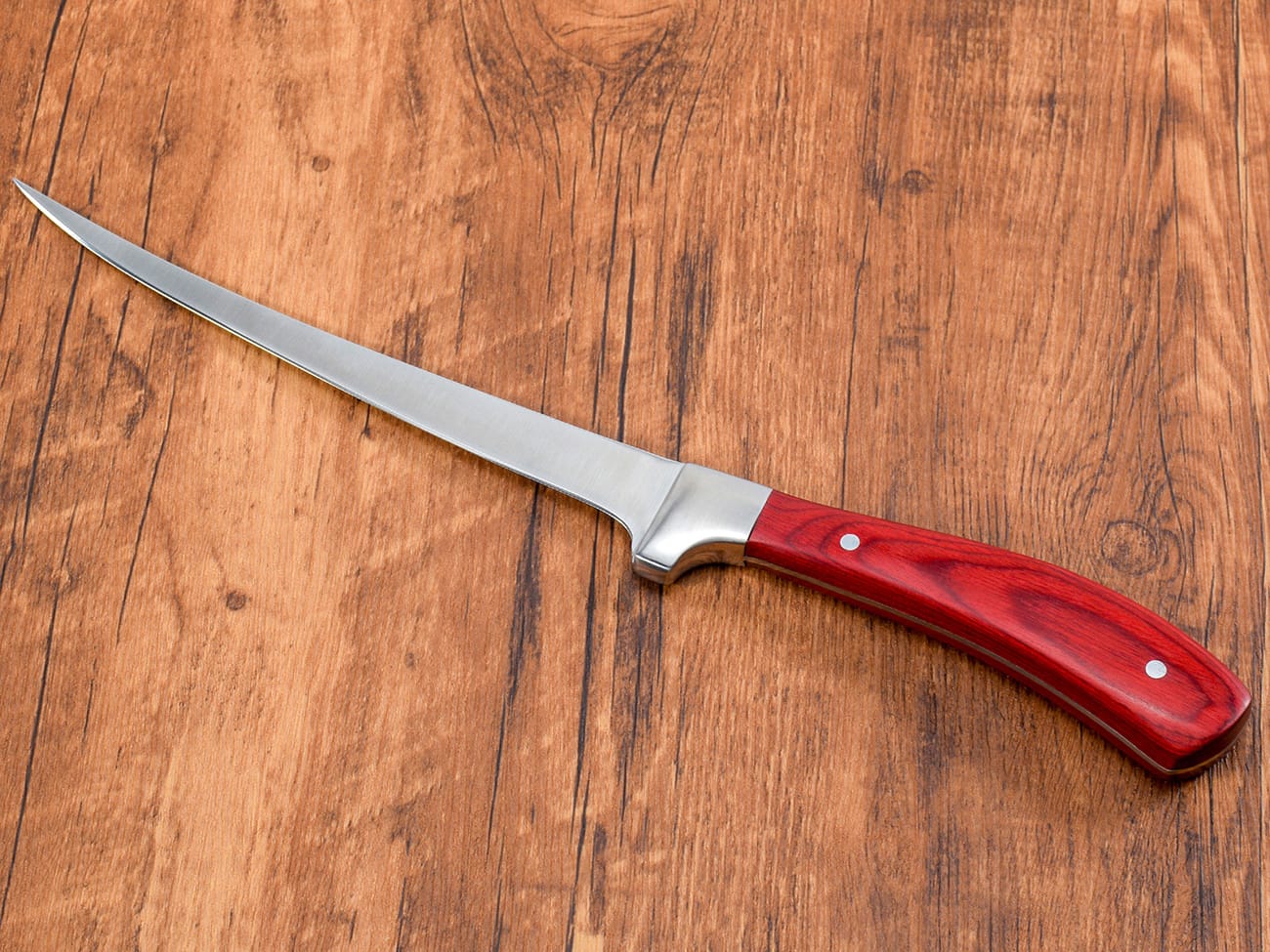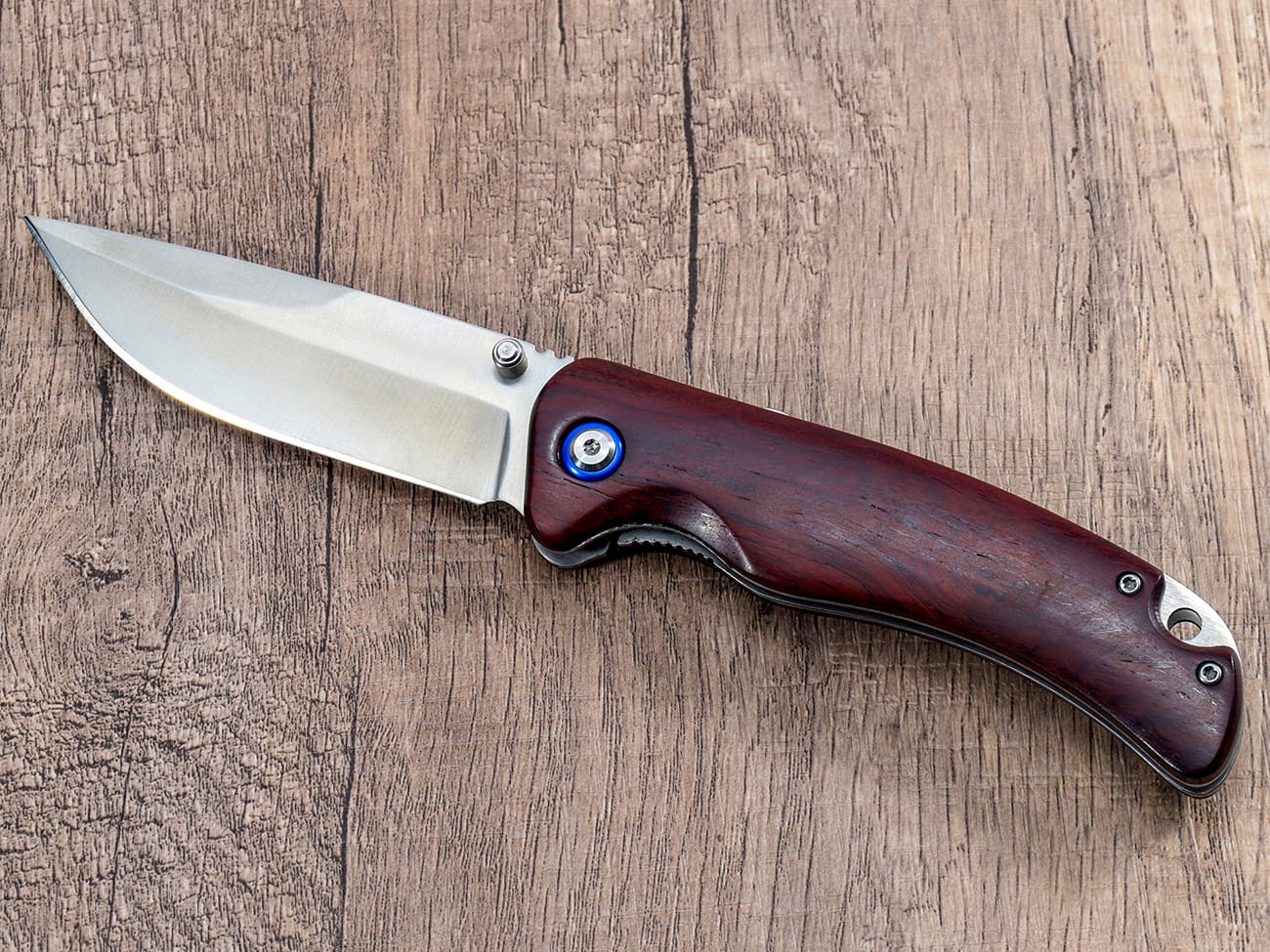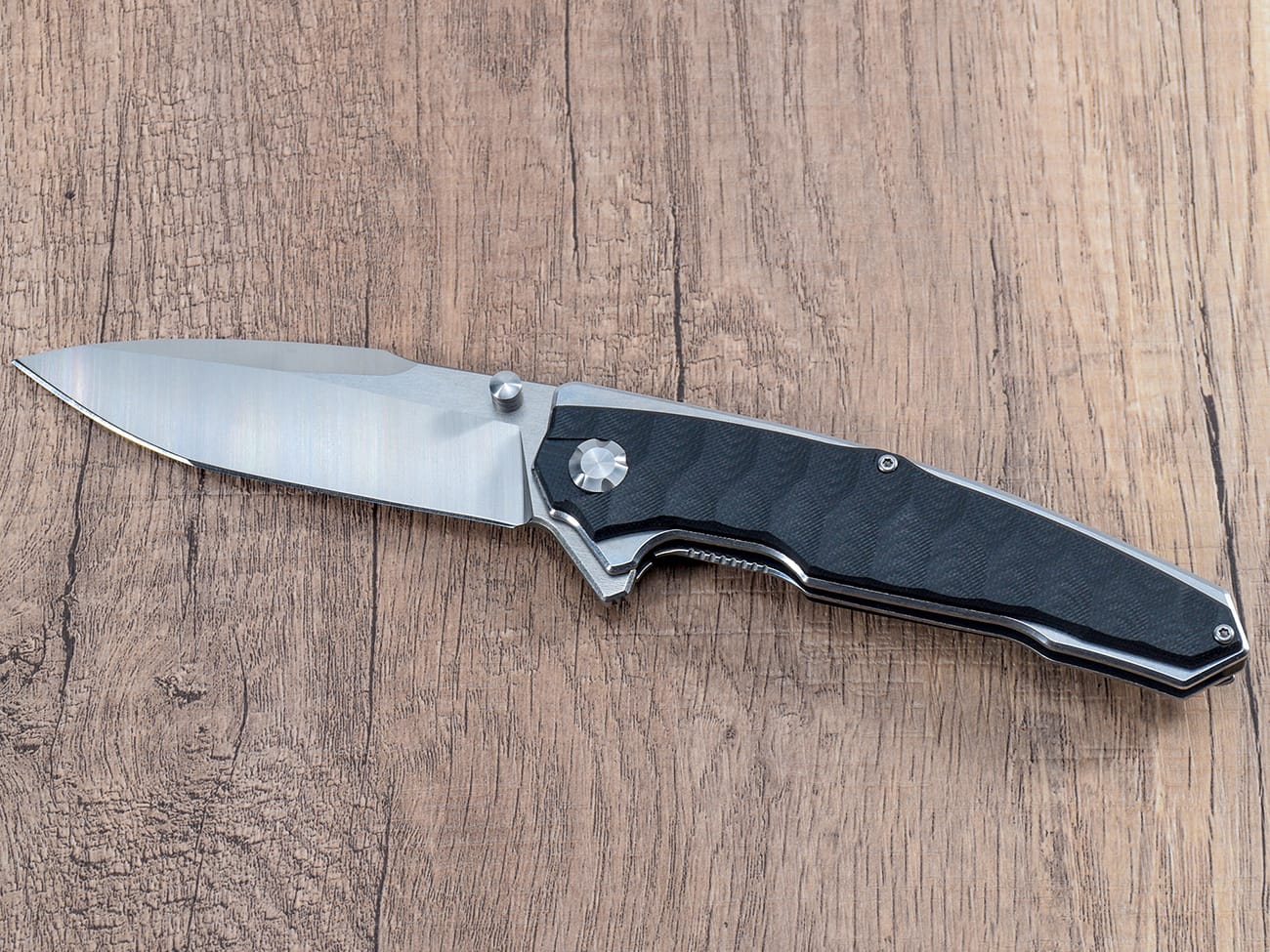Are you a knife enthusiast looking to create your own custom folding knife handle? Whether you’re a seasoned knifemaker or a curious beginner, crafting a folding knife handle can be an exciting and rewarding project. In this comprehensive guide, we’ll walk you through the process of making a folding knife handle, from selecting materials to adding the finishing touches. Let’s dive in and explore the art of knife handle making!
Why Should You Make Your Own Folding Knife Handle?
Creating your own folding knife handle allows you to personalize your blade and showcase your craftsmanship. By making a custom handle, you can:
- Choose materials that suit your preferences and needs
- Tailor the ergonomics to fit your hand perfectly
- Express your creativity and style
- Learn valuable skills in knife making and woodworking
- Create a unique, one-of-a-kind tool
Now that we understand the benefits, let’s explore the step-by-step process of making a folding knife handle.
What Materials Do You Need for a Folding Knife Handle?
Before we begin, let’s gather the necessary materials and tools:
- Handle material (wood, G10, micarta, etc.)
- Epoxy
- Sandpaper (various grits)
- Drill and drill bits
- Saw (coping saw, scroll saw, or bandsaw)
- Clamps
- Files and rasps
- Safety equipment (gloves, eye protection, dust mask)
How to Choose the Right Handle Material?
Selecting the appropriate handle material is crucial for both aesthetics and functionality. Here are some popular options:
- Wood: Traditional and beautiful, wood handles offer a classic look and feel.
- G10: Durable and water-resistant, G10 handles are popular for their strength and versatility.
- Micarta: Made from layers of fabric and resin, micarta handles offer excellent grip and durability.
- Metal: Metal handles like titanium or aluminum provide strength and a modern look.
Consider factors such as durability, weight, grip, and appearance when choosing your handle material.
Step-by-Step Guide to Making a Folding Knife Handle
Step 1: Prepare Your Workspace and Materials
Before you begin, ensure your workspace is clean and well-organized. Gather all necessary tools and materials. Safety should be your top priority, so don’t forget to wear protective gear such as gloves and safety glasses.
Step 2: Create a Template for Your Handle
Start by creating a template for your knife handle. You can trace the outline of an existing handle or design your own. Consider the ergonomics and how the handle will fit in your hand. This step is crucial for ensuring a comfortable grip on your finished knife.
Step 3: Transfer the Template to Your Handle Material
Once you have your template, transfer it onto your chosen handle material. If you’re using wood, make sure to align the grain in a way that enhances both strength and aesthetics. For G10 or micarta, consider any patterns or colors in the material when positioning your template.
Step 4: Cut Out the Basic Handle Shape
Using a saw (such as a coping saw, scroll saw, or bandsaw), carefully cut out the basic shape of your handle. Take your time and stay just outside the lines – you’ll refine the shape later.
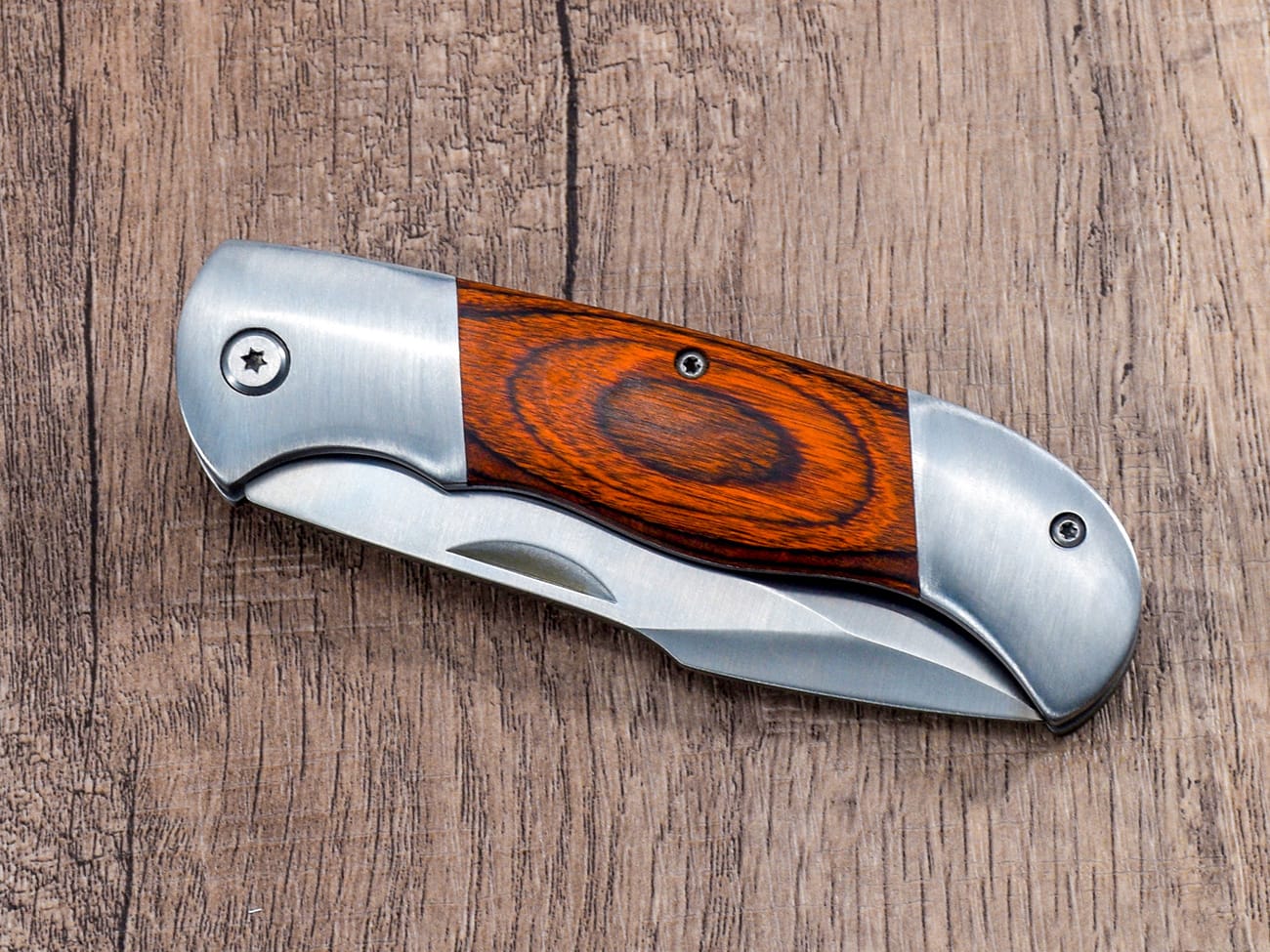
Step 5: Drill Holes for Pins and Pivot
Next, it’s time to drill the necessary holes for pins and the knife’s pivot. Accuracy is crucial here, so use a drill press if possible. Make sure to drill the pivot hole slightly undersized – you can always enlarge it later if needed.
Step 6: Shape and Refine the Handle
Now comes the fun part – shaping your handle! Use files, rasps, and sandpaper to refine the shape and smooth out any rough edges. Pay special attention to the ergonomics, ensuring the handle feels comfortable in your hand.
Step 7: Sand and Finish the Handle
Once you’re happy with the shape, it’s time to sand. Start with coarse-grit sandpaper and work your way up to finer grits for a smooth finish. If you’re using wood, you might want to apply a finish like oil or varnish to protect the handle.
Step 8: Attach the Handle to the Knife
Finally, it’s time to attach your custom handle to the knife. Use epoxy to secure the handle scales to the tang, making sure everything is properly aligned. Clamp the handle and allow the epoxy to cure according to the manufacturer’s instructions.
What Are Some Common Mistakes to Avoid?
When making a folding knife handle, be aware of these potential pitfalls:
- Rushing the process
- Neglecting proper safety precautions
- Failing to account for the blade’s thickness when closed
- Not allowing enough space for the lock mechanism
- Overlooking the importance of proper pin placement
How Can You Customize Your Folding Knife Handle?
There are many ways to add personal touches to your knife handle:
- Inlays: Add decorative inlays of different materials
- Carving: Create textures or patterns through carving
- Staining: For wood handles, experiment with different stains
- Mixed materials: Combine different materials for a unique look
What Are Some Tips for Maintaining Your Custom Knife Handle?
To keep your custom folding knife handle in top condition:
- Clean it regularly with a soft cloth
- Apply oil to wood handles periodically
- Avoid extreme temperatures and humidity
- Store the knife properly when not in use
Conclusion
Creating a custom folding knife handle is a rewarding project that allows you to combine craftsmanship with personal style. By following these steps and tips, you’ll be well on your way to crafting a unique and functional knife handle. Remember to prioritize safety, take your time, and enjoy the process of bringing your vision to life.Key takeaways:
- Choose the right materials for your needs and preferences
- Create a comfortable and ergonomic design
- Take your time with each step, especially drilling and shaping
- Pay attention to detail in the finishing process
- Customize your handle to make it truly unique
- Maintain your custom handle properly for long-lasting use
With practice and patience, you’ll soon be creating beautiful, custom folding knife handles that are both functional and aesthetically pleasing. Happy crafting!

